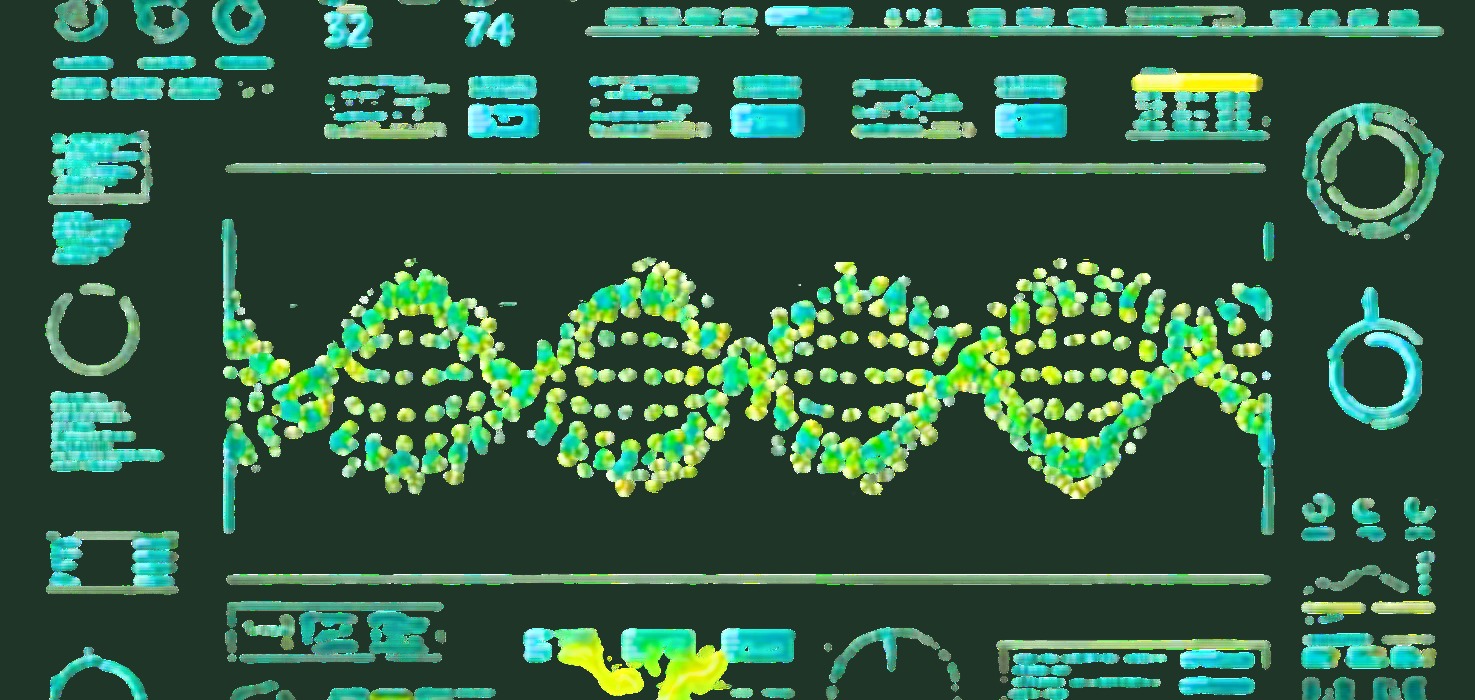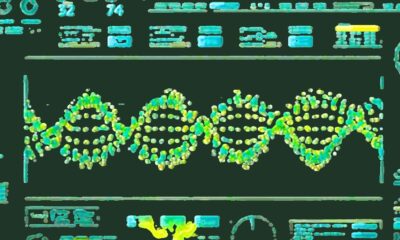Science
New Visual Anagrams Unlock Insights into Human Perception

Researchers at Johns Hopkins University have developed innovative artificial intelligence-generated images, known as “visual anagrams,” which are reshaping the study of human perception. These images can appear as one object but reveal an entirely different form when rotated. This advancement allows scientists to probe how individuals process visual information more rigorously than ever before.
The study, supported by the National Science Foundation Graduate Research Fellowship Program, addresses a critical gap in perception research by providing uniform stimuli for testing. “These images are really important because we can use them to study all sorts of effects that scientists previously thought were nearly impossible to study in isolation—everything from size to animacy to emotion,” stated lead researcher Tal Boger.
Understanding Visual Anagrams
The concept of visual anagrams involves images that morph into different shapes based on their orientation. For example, the research team has created images that can be interpreted as both a bear and a butterfly, or an elephant and a rabbit, depending on how they are viewed. These versatile images are expected to enhance the understanding of visual perception.
Initial experiments focused on how individuals perceive the real-world size of objects. This aspect of perception has long puzzled scientists, as it is challenging to determine whether subjects are responding to an object’s actual size or other subtle visual characteristics such as shape, color, or texture. The brain utilizes a phenomenon known as size constancy to maintain a stable perception of an object’s true size, regardless of its varying retinal image size.
Research Findings and Future Applications
With the introduction of visual anagrams, the research team has identified numerous classic effects related to real-world size perception. For instance, past studies demonstrated that individuals find images more appealing when they reflect their actual size. The current findings reveal that this principle holds true for visual anagrams as well. When participants adjusted the bear image to its ideal size, they made it larger than when adjusting the butterfly image, despite both being the same image in different orientations.
“We can foresee researchers using it for many different purposes,” Boger added.
The researchers aim to explore how people respond to animate versus inanimate objects using these visual anagrams. Since different areas of the brain process these two categories, it is possible to create anagrams that look like a truck in one orientation and a dog in another.
The study is set to be published in an upcoming issue of Current Biology, outlining the significant implications of these findings for psychology and neuroscience. The innovative use of visual anagrams could pave the way for new research methodologies and deepen our understanding of human perception.
Editor-at-Large for science news at Digital Journal, Dr. Tim Sandle, emphasizes the importance of this research in the broader context of understanding human cognition and visual processing. As the field continues to evolve, these visual tools may unlock further mysteries of the mind.
-

 Politics3 weeks ago
Politics3 weeks agoSecwepemc First Nation Seeks Aboriginal Title Over Kamloops Area
-

 World4 months ago
World4 months agoScientists Unearth Ancient Antarctic Ice to Unlock Climate Secrets
-

 Entertainment5 months ago
Entertainment5 months agoTrump and McCormick to Announce $70 Billion Energy Investments
-

 Lifestyle4 months ago
Lifestyle4 months agoTransLink Launches Food Truck Program to Boost Revenue in Vancouver
-

 Science5 months ago
Science5 months agoFour Astronauts Return to Earth After International Space Station Mission
-

 Technology3 months ago
Technology3 months agoApple Notes Enhances Functionality with Markdown Support in macOS 26
-

 Top Stories2 months ago
Top Stories2 months agoUrgent Update: Fatal Crash on Highway 99 Claims Life of Pitt Meadows Man
-

 Lifestyle3 months ago
Lifestyle3 months agoManitoba’s Burger Champion Shines Again Amid Dining Innovations
-

 Politics4 months ago
Politics4 months agoUkrainian Tennis Star Elina Svitolina Faces Death Threats Online
-

 Sports5 months ago
Sports5 months agoSearch Underway for Missing Hunter Amid Hokkaido Bear Emergency
-

 Politics4 months ago
Politics4 months agoCarney Engages First Nations Leaders at Development Law Summit
-

 Technology5 months ago
Technology5 months agoFrosthaven Launches Early Access on July 31, 2025











